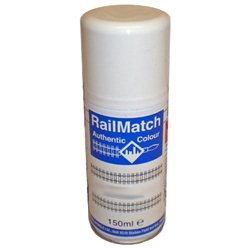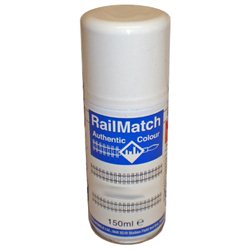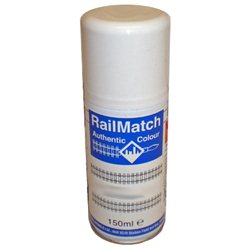Static grass puffer bottles work by manually charging model grass fibres with static electricity. When the charged...
No products
Product successfully added to your shopping cart
There are 0 items in your cart. There is 1 item in your cart.
Search Tips
What are my options for displaying and storing a scale model?
There are several ways to display and store scale models, depending on the type of model and the preferences of the collector. One of the best ways to prepare a model for display is to ensure that it has been given a good varnish. This will lock in the paint and any decals and will give it some degree of protection against regular handling. It will also offer some protection against scratches and minor wear and tear whilst making it easier to remove dust from the model without damaging the underlying paintwork.
Some common display methods include:
- Display cases: Clear acrylic or glass cases can be used to display models and protect them from dust and other environmental factors.
- Shelves: Models can be placed on shelves, either alone or in a group, to create a display.
- Display stands: Some models come with their own stands, or you can purchase display stands separately.
- Tabletop or desk: Models can be placed on a tabletop or desk and used as a decor item.
- Hanging: Some models can be hung on the wall using special hanging hardware.
For storage, it is important to keep the models in a dry, dust-free environment as over time they can become very effective dust traps and playgrounds for household spiders. Some collectors use plastic containers with tight-fitting lids to store models when not on display. If you're storing models for a long time, it's a good idea to put them in a climate-controlled storage unit to protect them from extreme temperatures and humidity.
Click here to receive the tips weekly in your mailbox. You can unsubscribe at any time.










